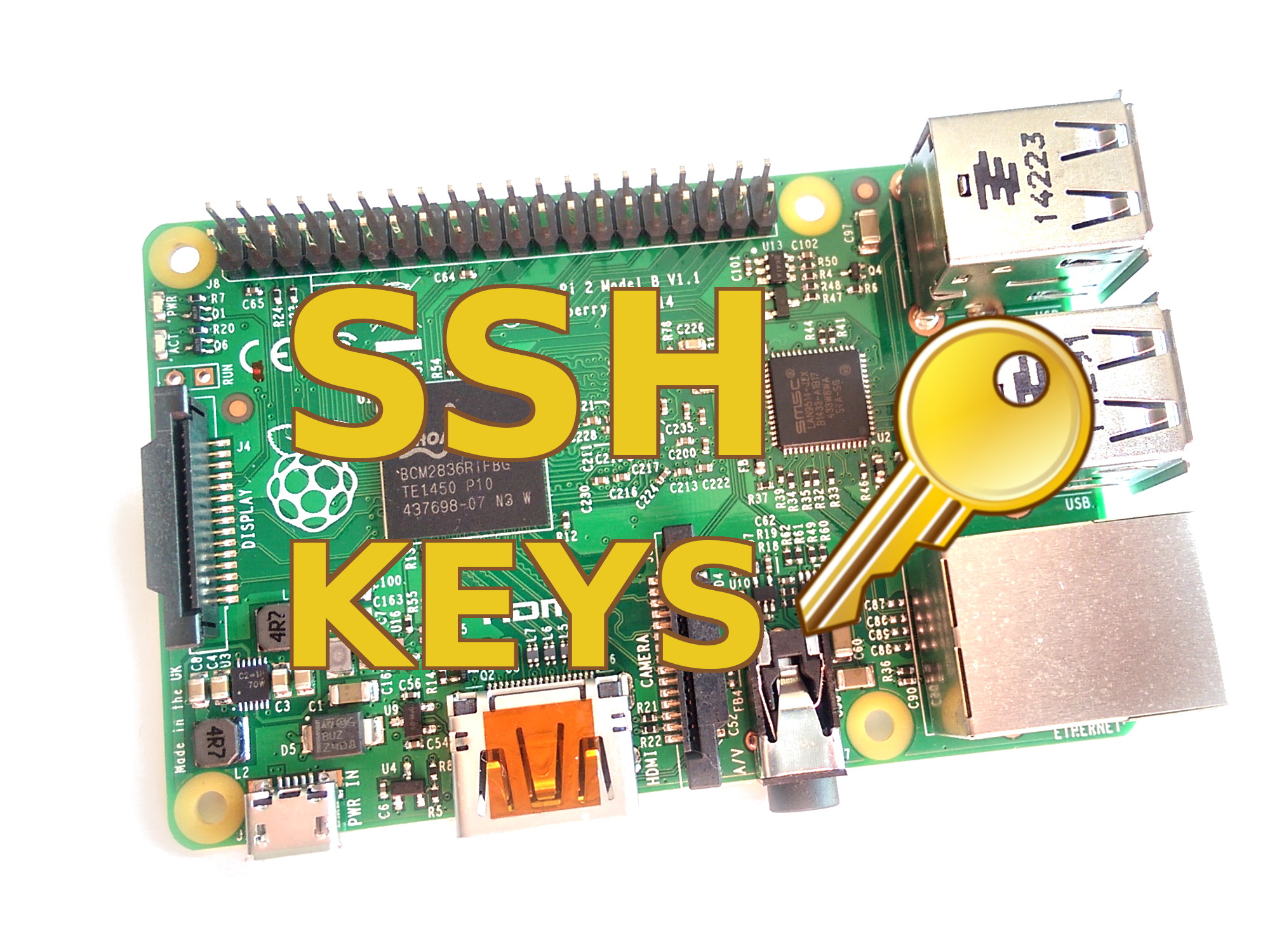Discover the RemoteIoT Platform for Raspberry Pi SSH and download it for free. The rise of the Internet of Things (IoT) has revolutionized the tech world, and Raspberry Pi stands out as a leading choice for innovative projects. Whether you're a hobbyist or a professional, integrating the RemoteIoT platform with SSH access can significantly enhance your Raspberry Pi capabilities. This article delves into the details of how to download, install, and use the RemoteIoT platform, ensuring you unlock the full potential of your IoT endeavors.
Raspberry Pi is a compact, versatile single-board computer capable of running a variety of operating systems and applications. When combined with the RemoteIoT platform, it transforms into a robust tool for remote IoT device management. SSH (Secure Shell) plays a pivotal role in enabling secure communication between devices across networks. By integrating SSH with RemoteIoT, you gain seamless control over your Raspberry Pi and other IoT devices, even from remote locations.
In this comprehensive guide, we will explore the RemoteIoT platform, its key features, and how it facilitates free SSH access to your Raspberry Pi. We will provide a detailed step-by-step process for downloading and setting up the platform, ensuring you have all the necessary tools for success. Whether you're new to Raspberry Pi or a seasoned user, this guide will help you optimize your IoT projects effectively.
Read also:Is Edm Dead Or Simply Evolving
Content Overview
- Introduction to the RemoteIoT Platform
- Core Features of the RemoteIoT Platform
- Advantages of Using RemoteIoT with Raspberry Pi
- Guide to Downloading the RemoteIoT Platform
- Step-by-Step Setup Process
- Configuring SSH for Raspberry Pi
- Resolving Common Issues
- Benefits of RemoteIoT for IoT Projects
- Security Best Practices for RemoteIoT and SSH
- Final Thoughts
Introduction to the RemoteIoT Platform
The RemoteIoT platform is a cutting-edge cloud-based solution designed to simplify the management of IoT devices. It offers a centralized dashboard that empowers users to monitor, control, and manage their devices remotely. This platform is invaluable for developers and businesses reliant on IoT devices for their operations. By providing features such as remote access, real-time device monitoring, and advanced data analytics, RemoteIoT streamlines the handling of complex IoT ecosystems.
Key Features of RemoteIoT
- Remote Access: Seamlessly connect to your IoT devices from any location worldwide.
- Device Monitoring: Track the performance and status of your devices in real-time with ease.
- Data Analytics: Leverage comprehensive data analytics to extract valuable insights from your IoT devices.
- Enhanced Security: Utilize advanced security protocols to safeguard your devices and data.
Core Features of the RemoteIoT Platform
One of the standout features of the RemoteIoT platform is its ability to provide smooth remote access to IoT devices, which is particularly beneficial for Raspberry Pi users who need to manage their projects remotely. The platform supports SSH, ensuring secure and reliable communication with your devices over the internet.
Device Management
The RemoteIoT platform excels in device management, allowing users to effortlessly add, remove, and organize IoT devices. You can categorize devices based on their function or location, simplifying the management of large-scale deployments and ensuring optimal organization.
Data Analytics
Data analytics is a cornerstone of the RemoteIoT platform. By collecting and analyzing data from your IoT devices, you can gain profound insights into their performance and usage patterns. This information empowers you to refine your projects and make data-driven decisions, enhancing both efficiency and effectiveness.
Advantages of Using RemoteIoT with Raspberry Pi
Raspberry Pi is a highly versatile device applicable to a wide array of projects, ranging from home automation to sophisticated industrial IoT solutions. When paired with the RemoteIoT platform, it becomes an even more potent tool. Below are some compelling reasons to integrate RemoteIoT into your Raspberry Pi projects:
Remote Access and Control
With RemoteIoT, you gain the ability to access your Raspberry Pi from anywhere globally. This feature is especially advantageous for projects requiring continuous monitoring or frequent adjustments. The platform's SSH support ensures your connection remains secure and dependable.
Read also:Exploring Kim Young Daes Life A Closer Look At His Marriage And Personal Journey
Scalability
If you're planning to expand your IoT projects, RemoteIoT simplifies the management of multiple Raspberry Pi devices. Its centralized dashboard enables you to monitor and control all your devices through a single interface, making scalability a seamless process.
Guide to Downloading the RemoteIoT Platform
Obtaining the RemoteIoT platform for free is a straightforward process. The platform offers a free tier that includes essential features, making it accessible to hobbyists and small-scale developers. Follow these steps to get started:
Step 1: Navigate to the RemoteIoT Website
Access the official RemoteIoT website and proceed to the "Download" section. Here, you'll find download options tailored for various operating systems, including Raspberry Pi.
Step 2: Register an Account
To utilize the RemoteIoT platform, you need to create an account. The registration process is quick and only requires basic information such as your name and email address.
Step 3: Download and Install
After creating your account, download the RemoteIoT platform installer compatible with Raspberry Pi. Follow the on-screen instructions to complete the installation seamlessly.
Step-by-Step Setup Process
Once you've downloaded the RemoteIoT platform, the next step is setting it up on your Raspberry Pi. This section provides a comprehensive, step-by-step guide to assist you through the process.
Step 1: Connect Your Raspberry Pi
Ensure your Raspberry Pi is connected to the internet via a wired or wireless connection, depending on your setup preferences.
Step 2: Log in to RemoteIoT
Open the RemoteIoT platform on your Raspberry Pi and log in using the credentials created during the registration process.
Step 3: Add Your Device
In the RemoteIoT dashboard, click the "Add Device" button. Follow the prompts to register your Raspberry Pi with the platform, ensuring seamless integration.
Configuring SSH for Raspberry Pi
SSH is a crucial component for effective remote device management. To fully leverage the RemoteIoT platform, configuring SSH on your Raspberry Pi is essential. Follow these steps to configure SSH:
Step 1: Enable SSH
On your Raspberry Pi, open the terminal and input the following command to enable SSH:
sudo raspi-configNavigate to "Interfacing Options" and select "SSH." Choose "Yes" to activate SSH on your device, ensuring secure remote access.
Step 2: Secure Your SSH Connection
To fortify the security of your SSH connection, consider changing the default username and password. Additionally, configuring SSH keys for authentication can provide an extra layer of protection.
Resolving Common Issues
During the setup of the RemoteIoT platform and SSH configuration, you may encounter some typical issues. Below are troubleshooting tips to help you overcome these challenges:
Connection Issues
If you're unable to connect to your Raspberry Pi via SSH, verify that your device is connected to the internet and that SSH is enabled. Check your firewall settings to ensure port 22 remains open for communication.
Login Failures
In case of login failures, meticulously verify your username and password. Ensure that you're entering the correct credentials and that your account is active on the RemoteIoT platform.
Benefits of RemoteIoT for IoT Projects
Utilizing the RemoteIoT platform for your IoT projects offers numerous advantages, including:
Increased Efficiency
With remote access and centralized management, you can streamline the management of your IoT devices, saving valuable time and resources while enhancing overall efficiency.
Enhanced Security
The RemoteIoT platform employs advanced security protocols to safeguard your devices and data, ensuring your projects are well-protected against potential cyber threats.
Security Best Practices for RemoteIoT and SSH
Security is a critical consideration when using the RemoteIoT platform and SSH. Below are some tips to ensure the security of your devices and data:
Use Strong Passwords
Always utilize strong, unique passwords for your RemoteIoT account and SSH connections. Avoid default passwords or easily guessable combinations to enhance security.
Enable Two-Factor Authentication
For additional security, enable two-factor authentication (2FA) on your RemoteIoT account. This ensures that even if your password is compromised, your account remains secure, providing peace of mind.
Final Thoughts
The RemoteIoT platform is a powerful tool for managing IoT devices, including Raspberry Pi. By offering remote access, centralized management, and advanced security features, it empowers users to maximize the potential of their IoT projects. Downloading and setting up the platform is simple, and its free tier makes it accessible to hobbyists and professionals alike.
We hope this guide has provided you with valuable insights into the RemoteIoT platform and how to integrate it with your Raspberry Pi. If you found this article helpful, feel free to leave a comment or share it with others who may benefit from it. For more information, explore our other articles on IoT and Raspberry Pi projects to further expand your knowledge and capabilities.

